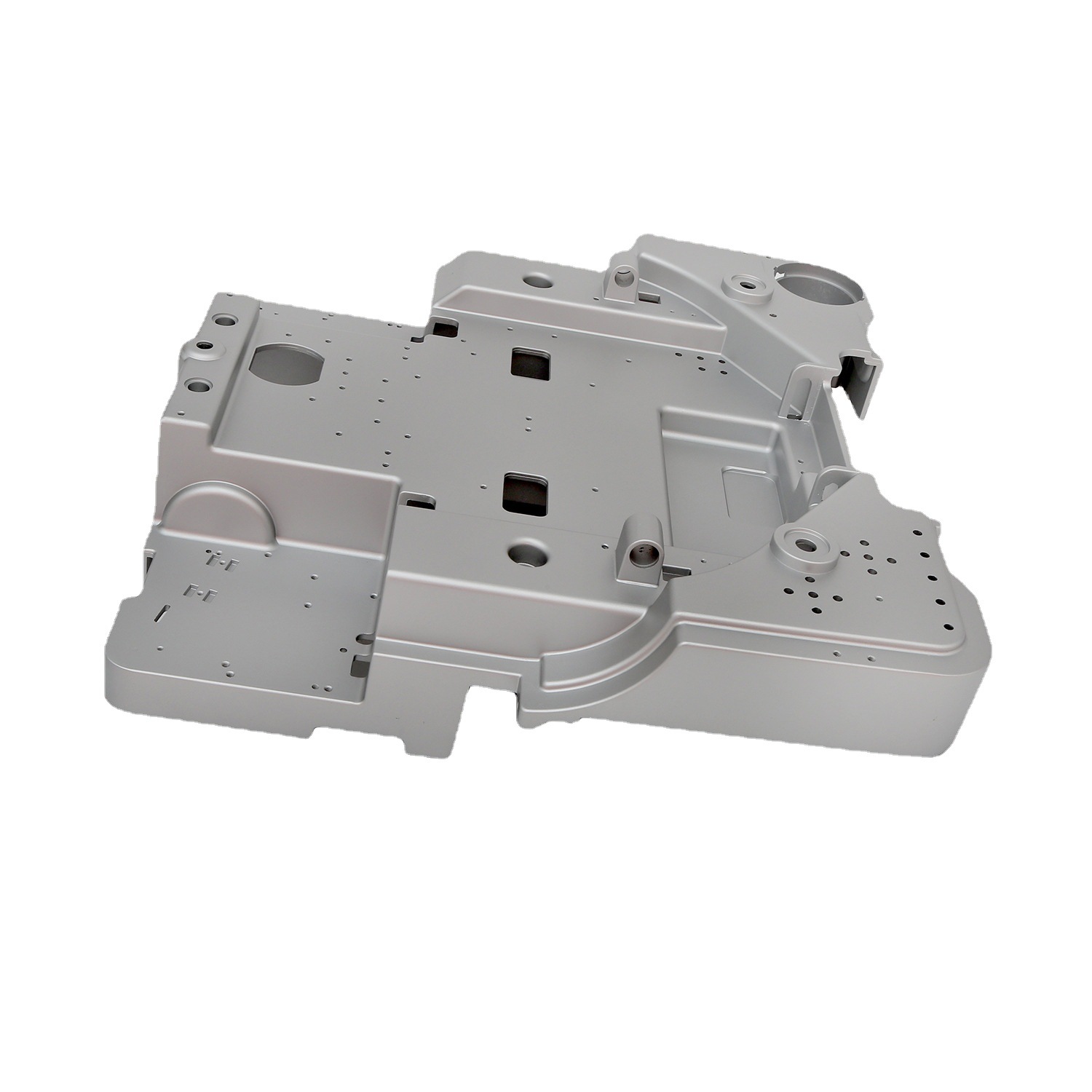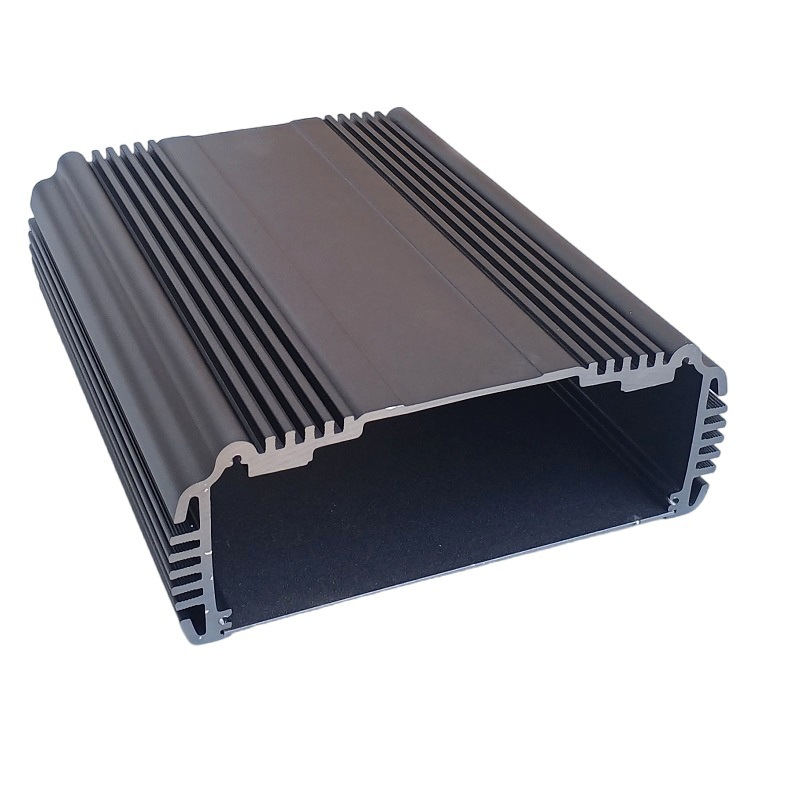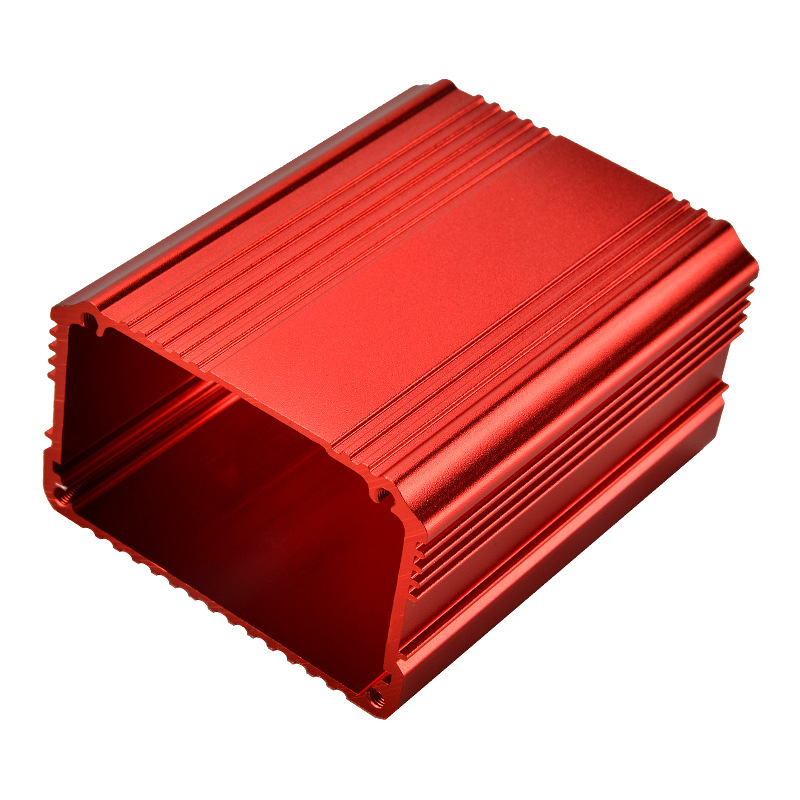Wall thickness plays a vital role in die casting design and production.
Whether you’re making automotive housings, electronic enclosures, or industrial components, even slight inconsistencies in wall thickness can cause major issues.
Many common casting defects—like porosity, warping, or incomplete fills—can be traced back to poorly managed wall geometry.
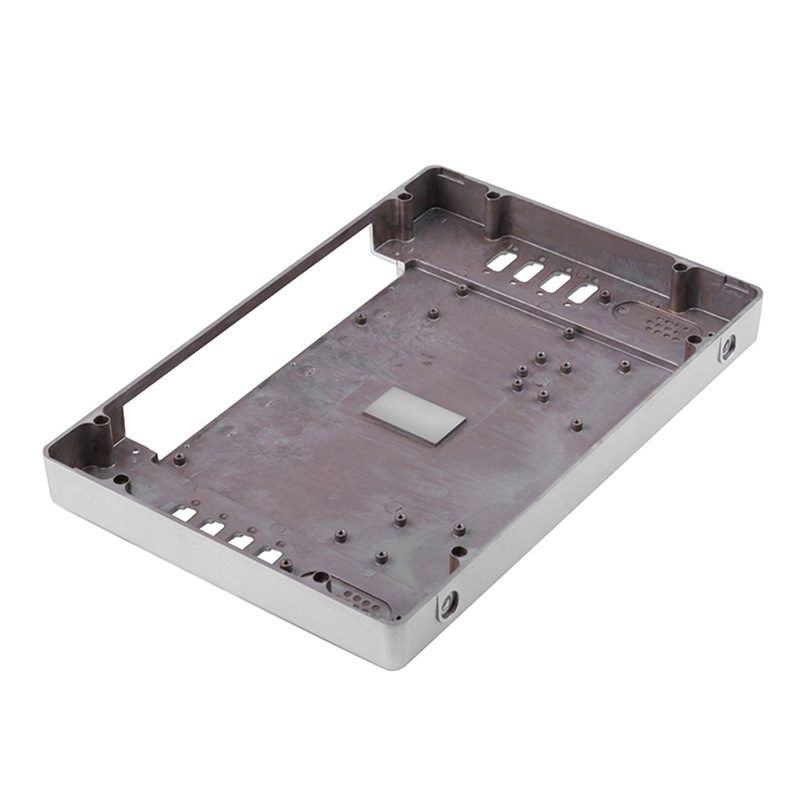
So, what specific defects are caused by improper wall thickness?
They include shrinkage porosity, gas porosity, hot tears, warping, cold shuts, and misruns.
These problems occur due to uneven cooling, disrupted metal flow, and residual stress, all of which reduce the strength and precision of the final part.
In this article, we’ll break down how each defect forms, why wall thickness is the root cause, and what design strategies manufacturers and engineers can use to avoid these costly errors.
-
Table Of Contents
-
1. What Defects Arise from Improper Wall Thickness in Die Casting?
-
2. Why Wall Thickness Is a Critical Factor in Die Casting?
-
3. Common Defects Caused by Improper Wall Thickness
-
4. How to Optimize Wall Thickness for Better Die Castings?
-
5. Best Design Practices from a Manufacturer’s Perspective
-
6. Why Wall Thickness Matters to You as a Buyer or Engineer
-
7. Summary
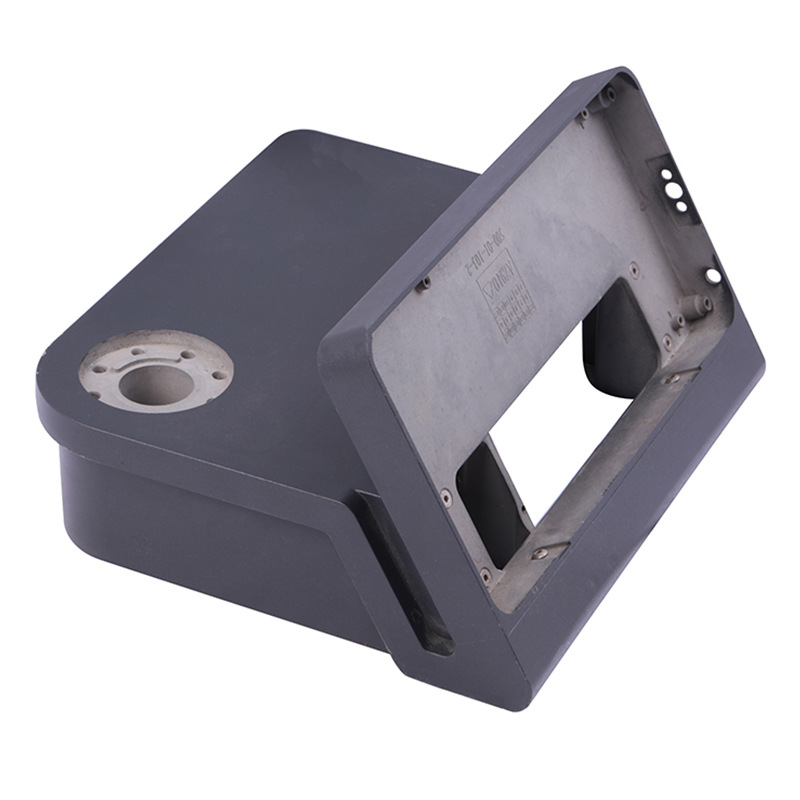
Why Wall Thickness Is a Critical Factor in Die Casting?
Wall thickness in die casting affects three core areas: how the molten metal flows, how the casting cools, and how stresses develop during solidification. Any inconsistency or extreme variation can disrupt these stages and introduce the following problems:
• Poor metal flow: Thin sections may solidify before the cavity is fully filled.
• Uneven cooling: Thick walls cool more slowly, trapping gas and creating internal stress.
• Solidification shrinkage: Thicker areas are more prone to voids as they contract.
• Weakened structure: Parts with abrupt changes in thickness are more susceptible to fatigue and cracking.
For part designers and procurement specialists, controlling wall thickness isn’t just a mechanical concern—it’s a quality control imperative.
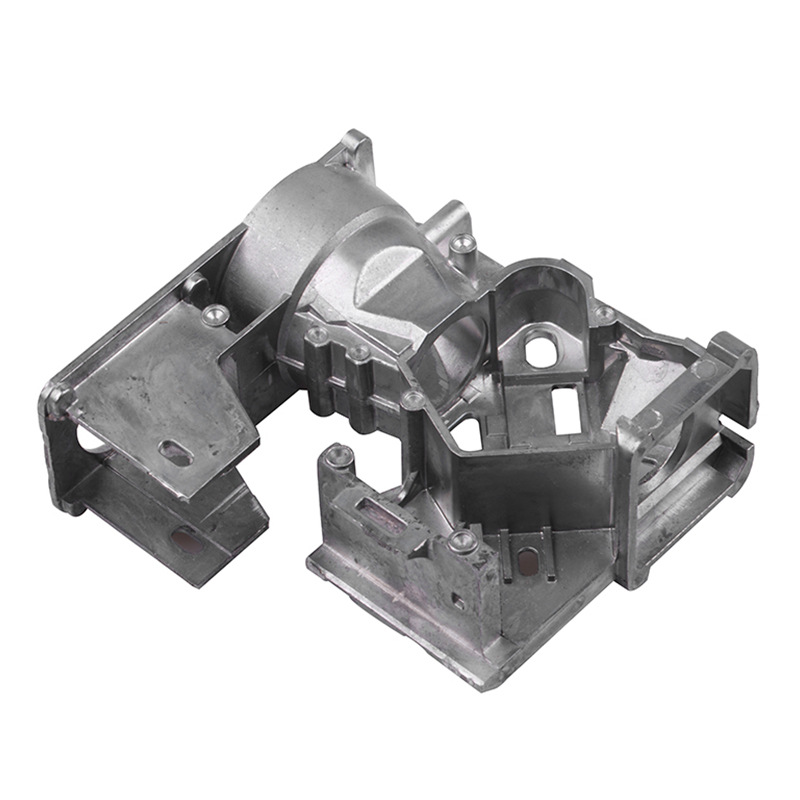
Common Defects Caused by Improper Wall Thickness
1. Shrinkage Porosity: The Result of Uneven Solidification
Shrinkage porosity forms when thick sections of a casting cool and solidify more slowly than thin areas. Without adequate feeding or directional solidification, cavities or voids may form inside the casting.
How to Prevent It:
• Maintain consistent wall thickness across the part.
• Use risers, chills, or directional gating systems to feed thicker areas.
• Simulate the cooling process before tooling design is finalized.
2. Gas Porosity: Trapped Air Made Worse by Inconsistent Cooling
Gas porosity shows up as small, spherical voids that weaken mechanical properties and harm surface finish.
When wall thickness varies, gas becomes trapped during slow solidification in thick areas or rapid freezing in thin areas.
Prevention Tactics:
• Ensure proper venting in the die.
• Use vacuum-assisted die casting to remove trapped air.
• Degas the molten metal thoroughly before casting.
3. Hot Tears: Cracks Caused by Internal Stress
When thick and thin areas cool at different rates, the resulting stress can exceed the strength of the semi-solid metal. This leads to hot tears, especially near sharp corners or abrupt transitions.
Design Fixes:
• Avoid sharp thickness changes; use smooth transitions or fillets.
• Select alloys with better resistance to hot tearing.
• Optimize die temperature and cooling channel layout.
4. Warping and Distortion: When Internal Stress Bends the Part
Warping occurs when one section of a casting cools and contracts more than another. Parts with poor symmetry or irregular wall thickness are especially at risk.
What to Do:
• Design with symmetry and balance in mind.
• Avoid large flat areas unsupported by ribs or structural elements.
• Standardize die temperatures to promote even cooling.
5. Cold Shuts: A Product of Thin Walls and Poor Flow
Cold shuts happen when two metal fronts meet but fail to fuse. Thin walls that cool too fast, or turbulence caused by inconsistent geometry, increase the chance of this defect.
Prevention Tips:
• Avoid thin walls below process limits (usually <0.5 mm).
• Use controlled, laminar flow designs in your gating system.
• Ensure smooth transitions between wall thicknesses.
6. Misruns: When Metal Freezes Before Filling the Mold
A misrun leaves parts incomplete—sections are either missing or poorly defined. This occurs when molten metal freezes too early, often in thin or remote sections.
How to Avoid It:
• Use simulation to confirm full cavity filling before tooling.
• Adjust injection pressure and metal temperature based on wall geometry.
• Maintain consistent wall thickness to improve metal flow paths.
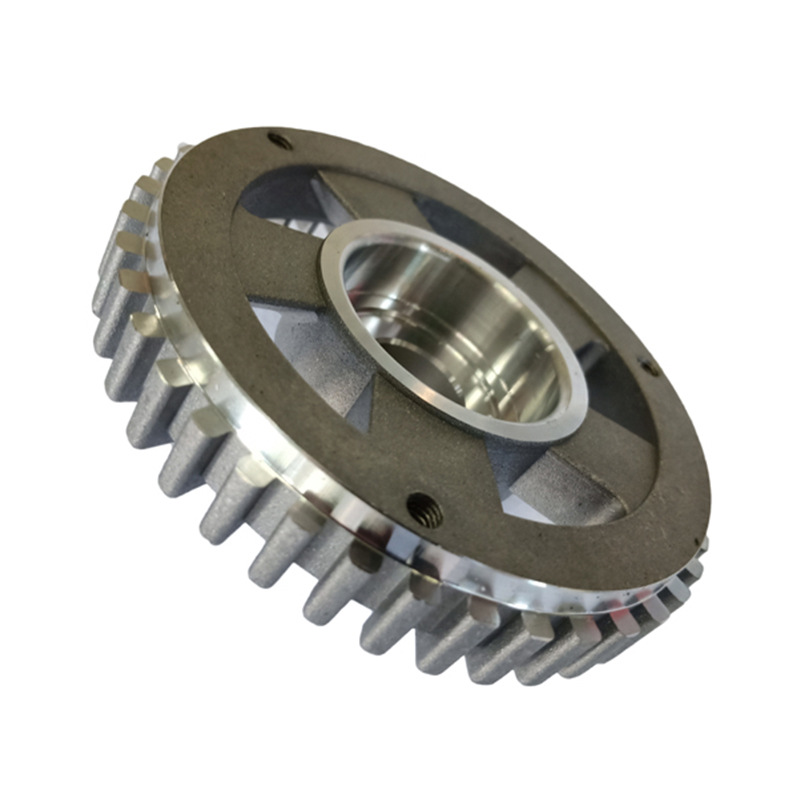
How to Optimize Wall Thickness for Better Die Castings?
Consistency is key. Here’s what to keep in mind during design:
• Uniformity first: Aim for wall thickness that stays within 0.5 mm to 5 mm, based on casting size.
• Use ribs instead of thicker walls: Ribs strengthen the structure without mass.
• Smooth transitions: Where changes are needed, apply tapers, fillets, or gradual changes.
• Think manufacturability: Work with die casting experts to review designs before tooling begins.
• Run simulations early: Use flow and thermal simulations to predict problems and refine part geometry before production.
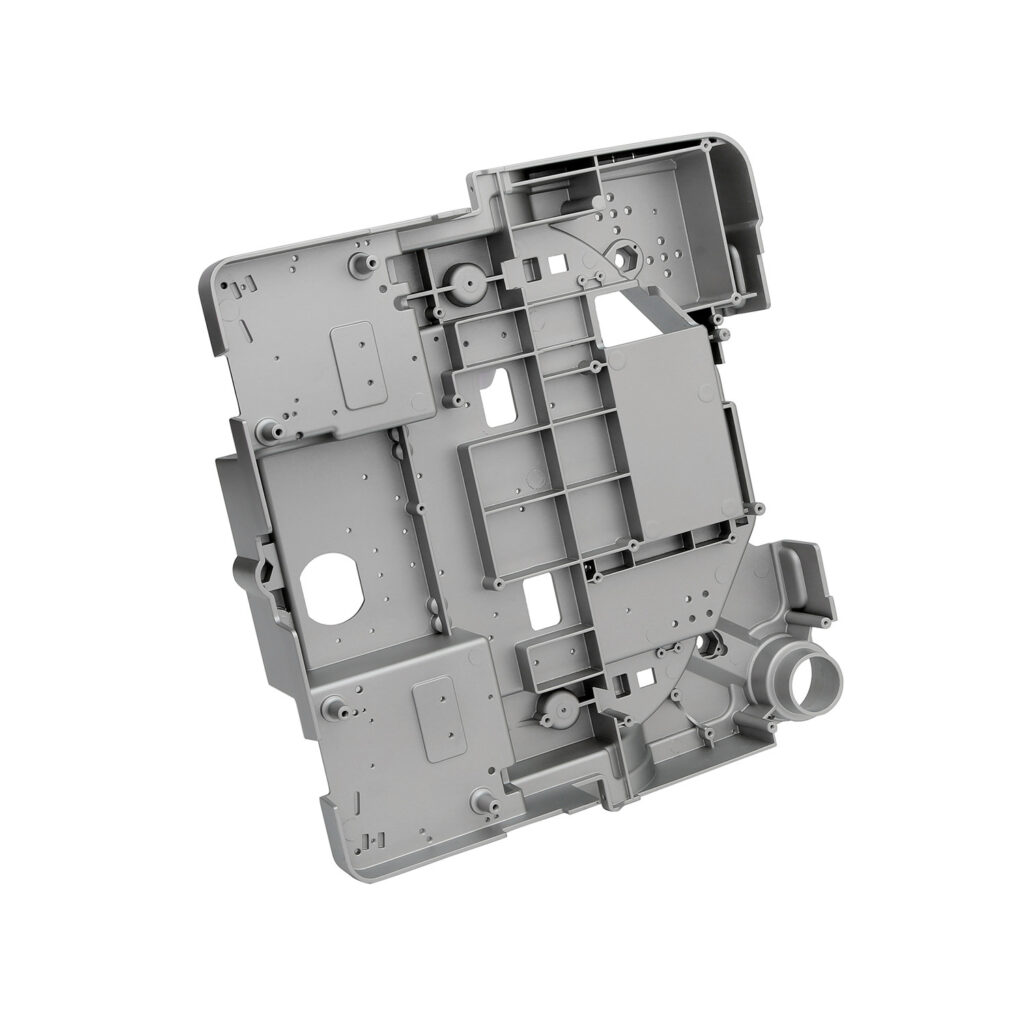
Best Design Practices from a Manufacturer’s Perspective
Whether you’re sourcing parts or designing in-house, here are the top strategies to reduce wall-thickness-related defects:
• Avoid undercuts and dead zones: These complicate flow and cooling.
• Use consistent draft angles: They assist with part ejection and minimize die wear.
• Design for cooling efficiency: Ensure cooling channels align with thick sections.
• Consult early: Involving foundries in the early design stage leads to better results and fewer surprises.
A well-planned design leads to fewer defects, shorter lead times, and lower rework rates.
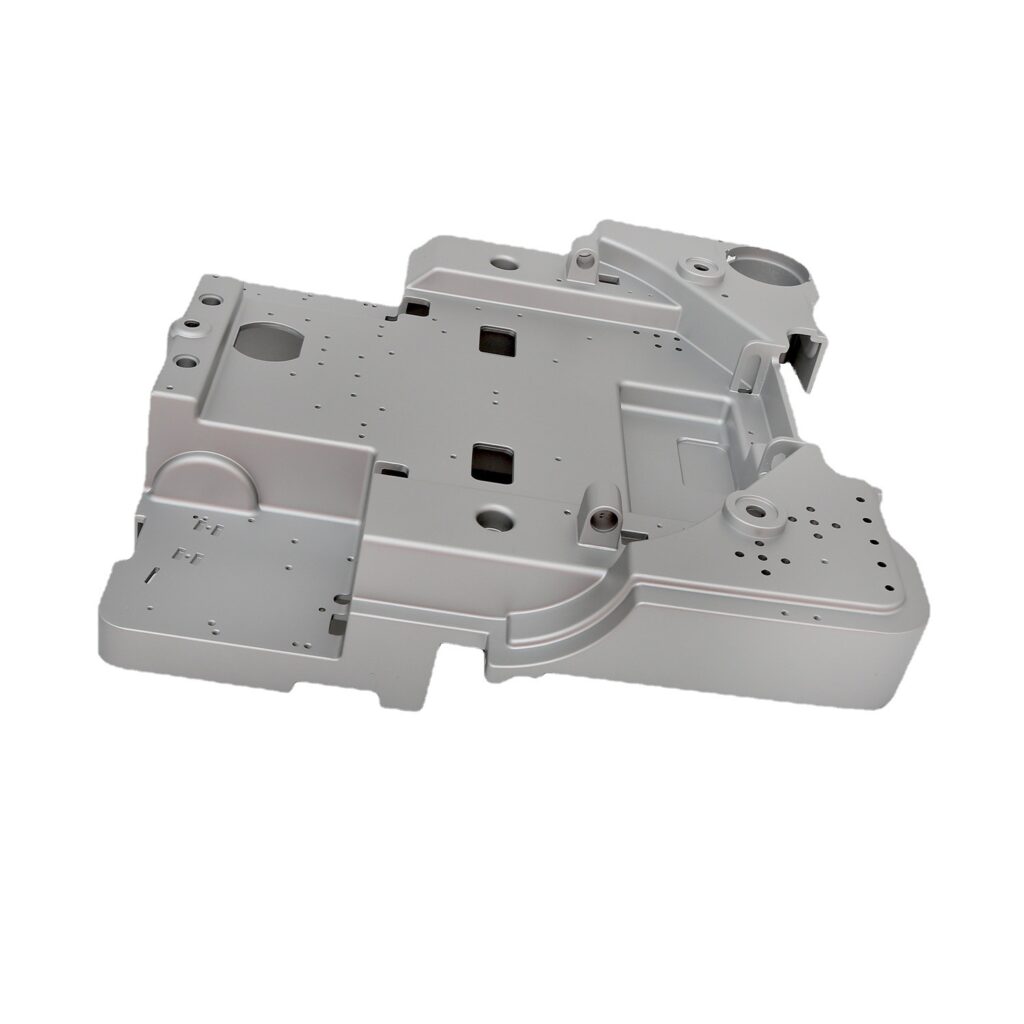
Why Wall Thickness Matters to You as a Buyer or Engineer
From the buyer’s point of view, wall thickness consistency directly affects part quality, cost, and delivery time. Castings with warping, porosity, or dimensional failures often require:
• Additional machining or rework
• Longer inspection times
• Higher scrap rates
• Warranty claims due to part failure
By specifying design standards around wall thickness—or working with suppliers who apply best practices—you reduce risk and gain more confidence in the supply chain.
If you’re sourcing die-cast parts for precision assemblies, hydraulic systems, or high-pressure housings, wall thickness variation isn’t just a technical detail—it’s a strategic quality issue.
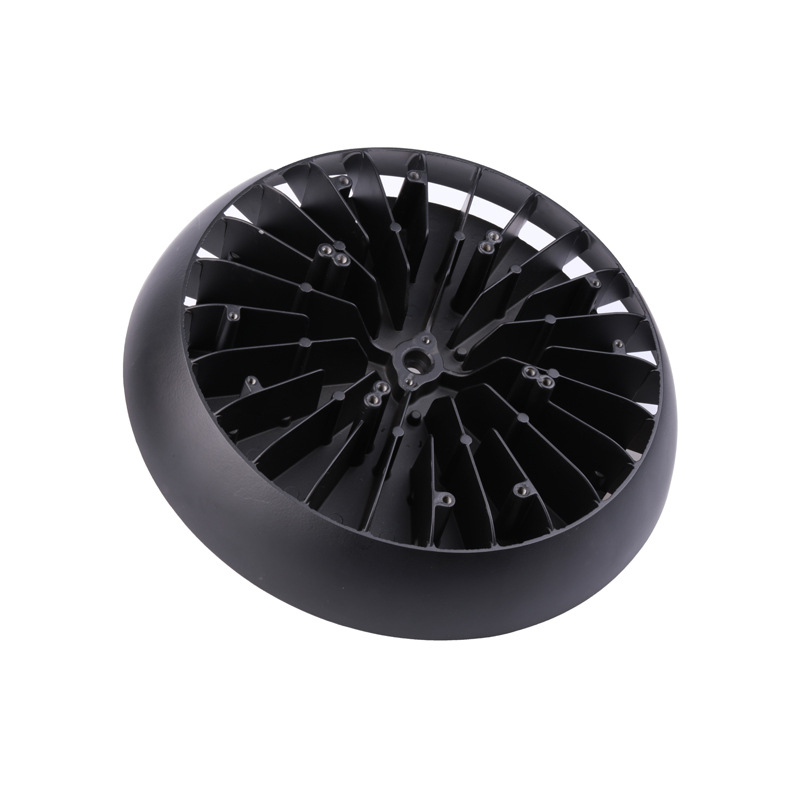
Conclusion:
Improper wall thickness in die casting creates a ripple effect of defects, from gas porosity to cold shuts. Fortunately, these issues can be avoided with thoughtful design, modern simulation tools, and early collaboration with your manufacturing partners.
When every micron counts, investing in proper wall thickness control pays off in reduced defects, better mechanical performance, and a smoother production process.



